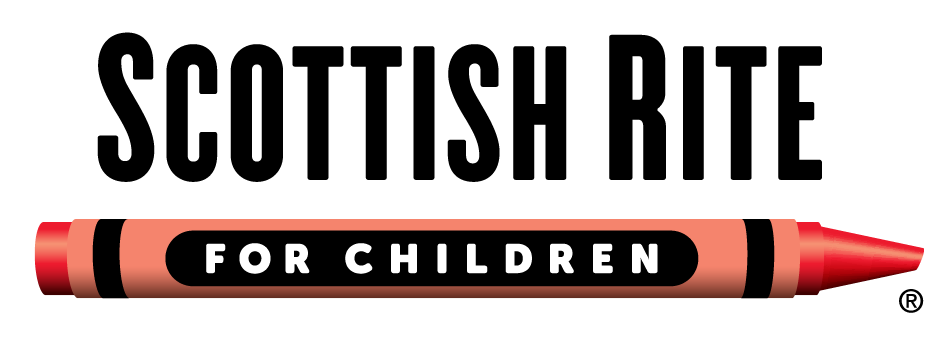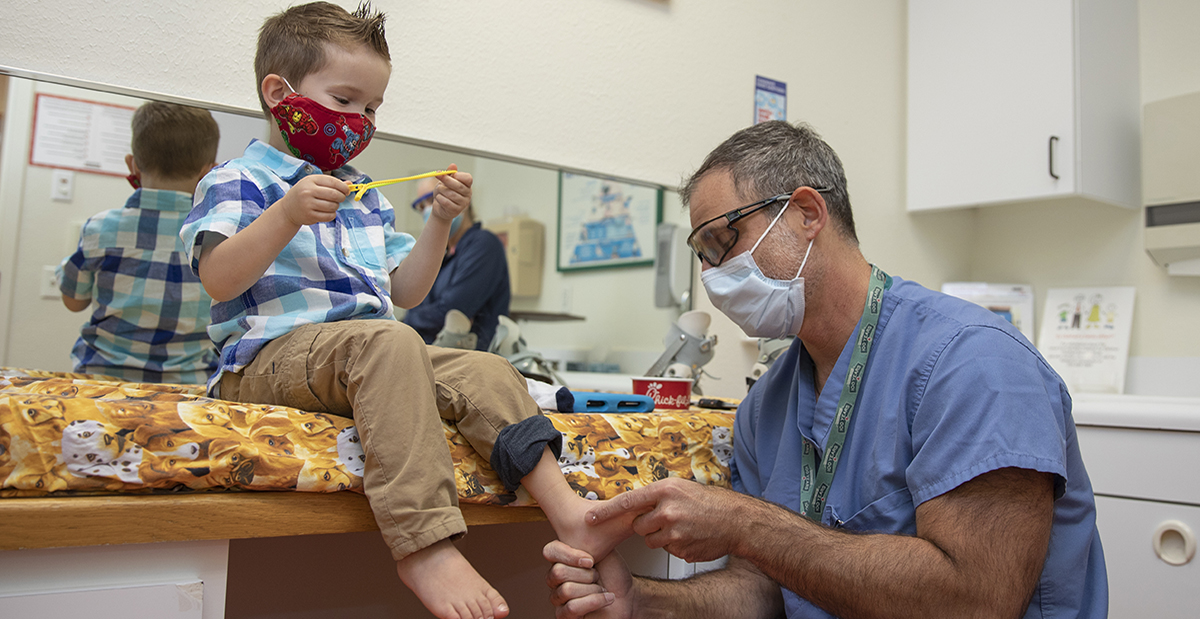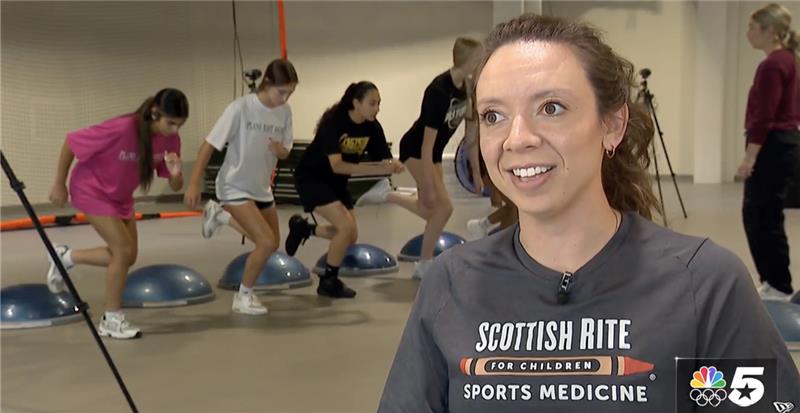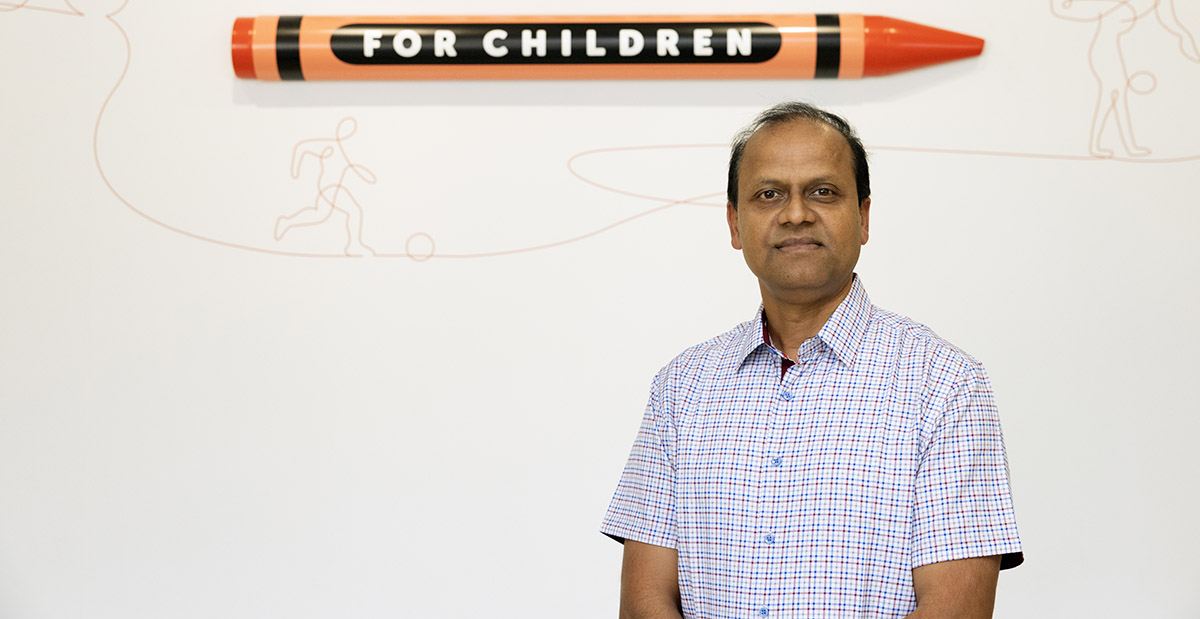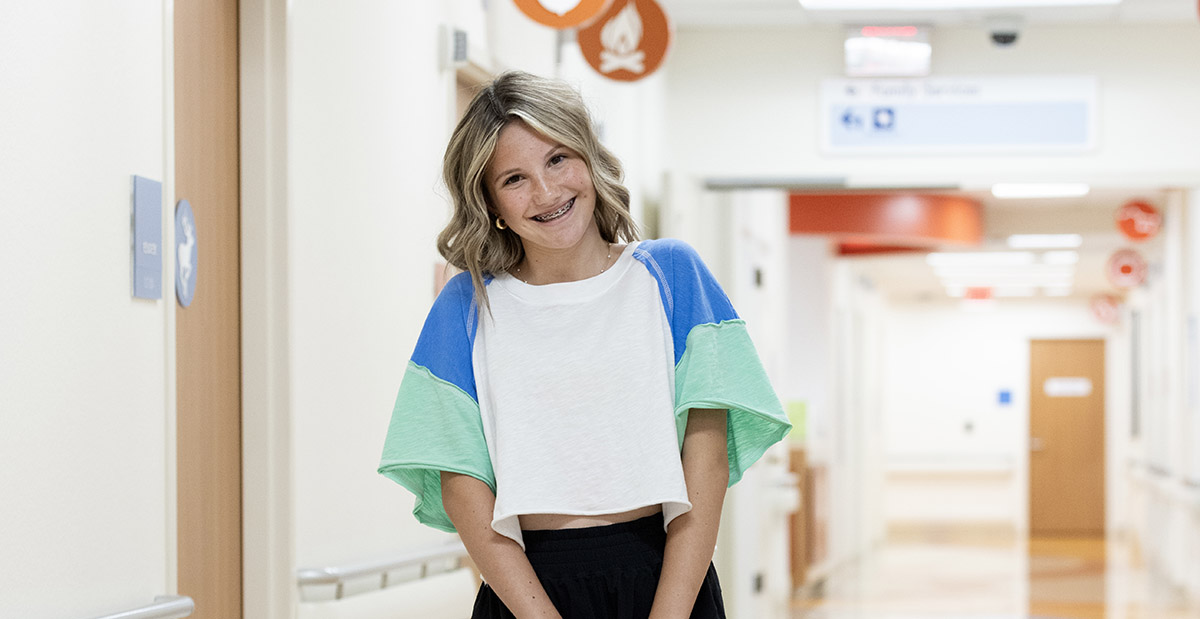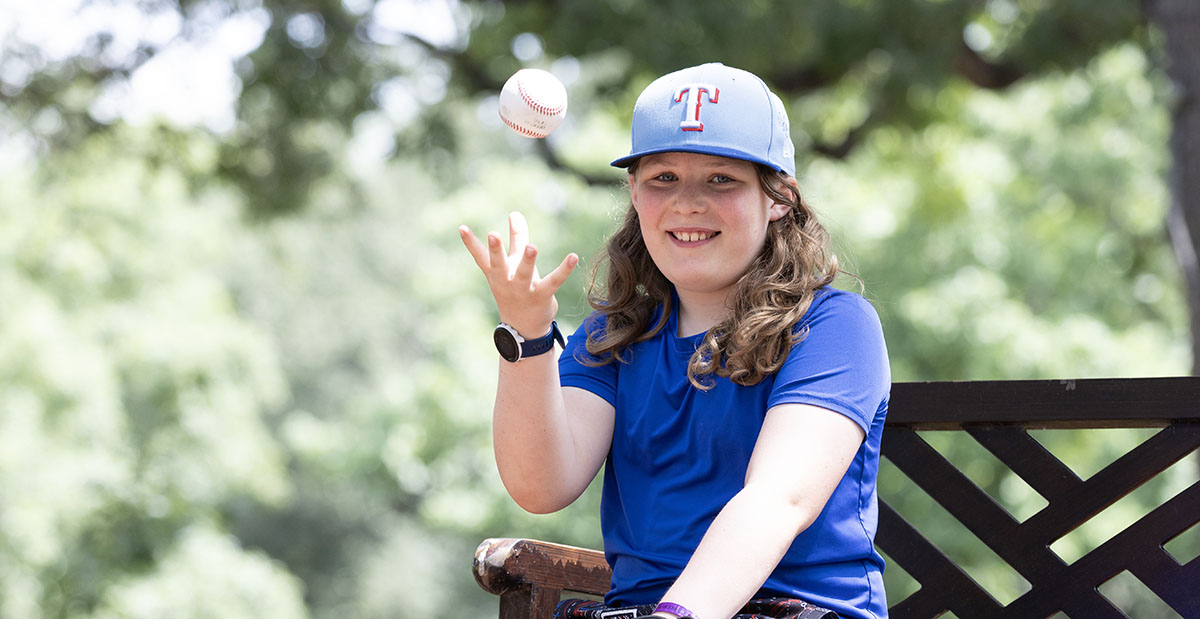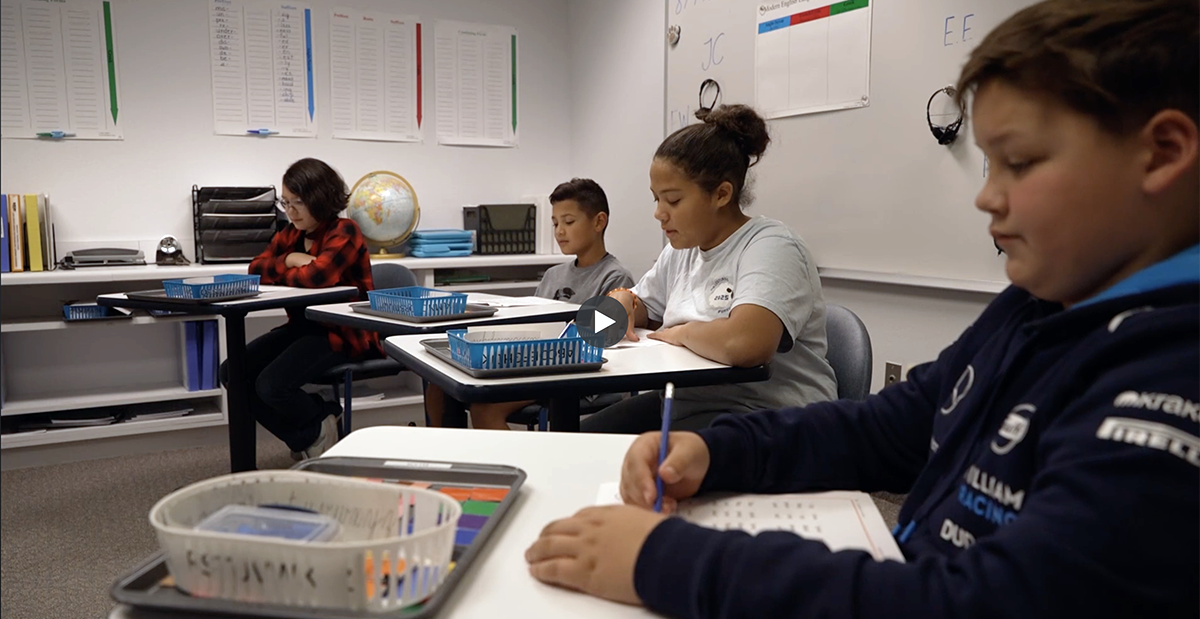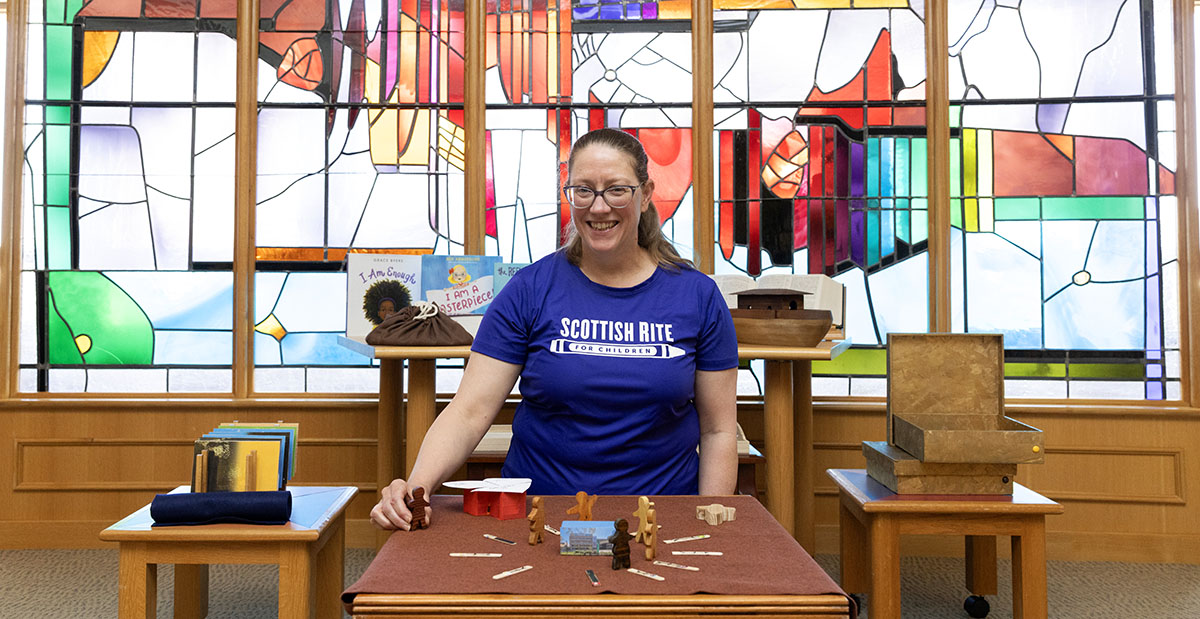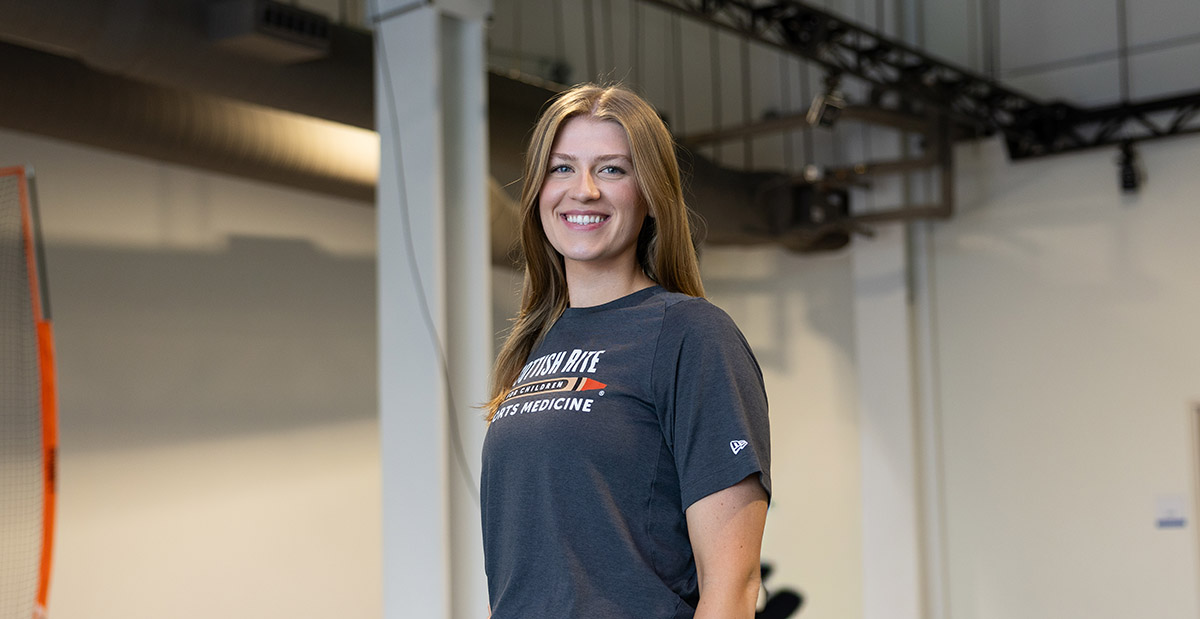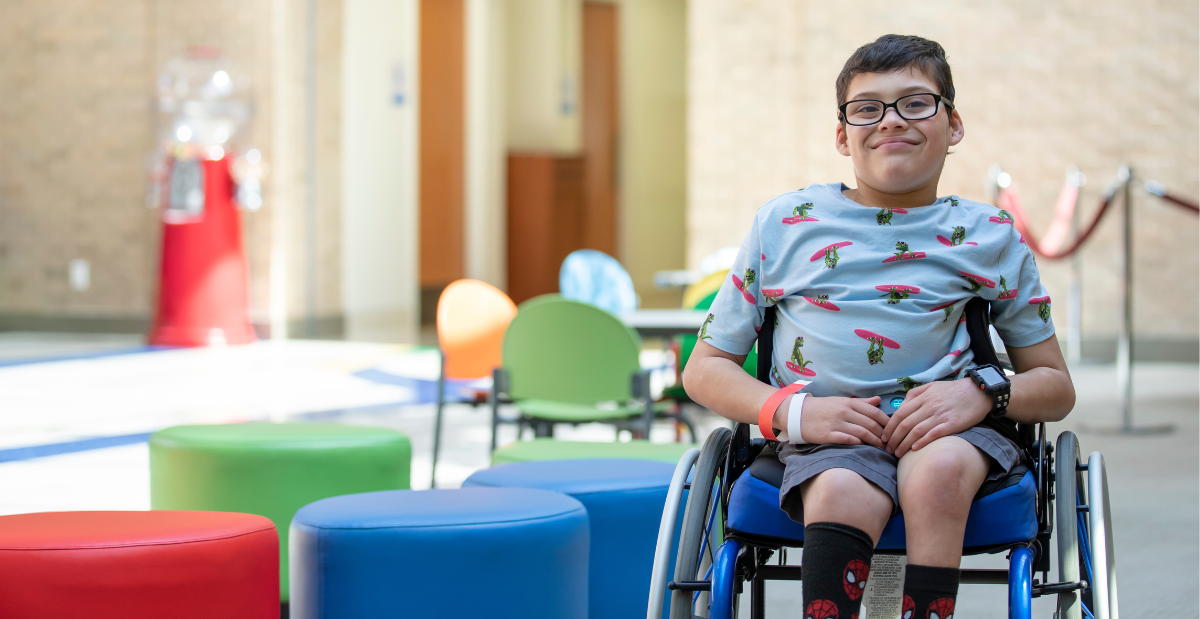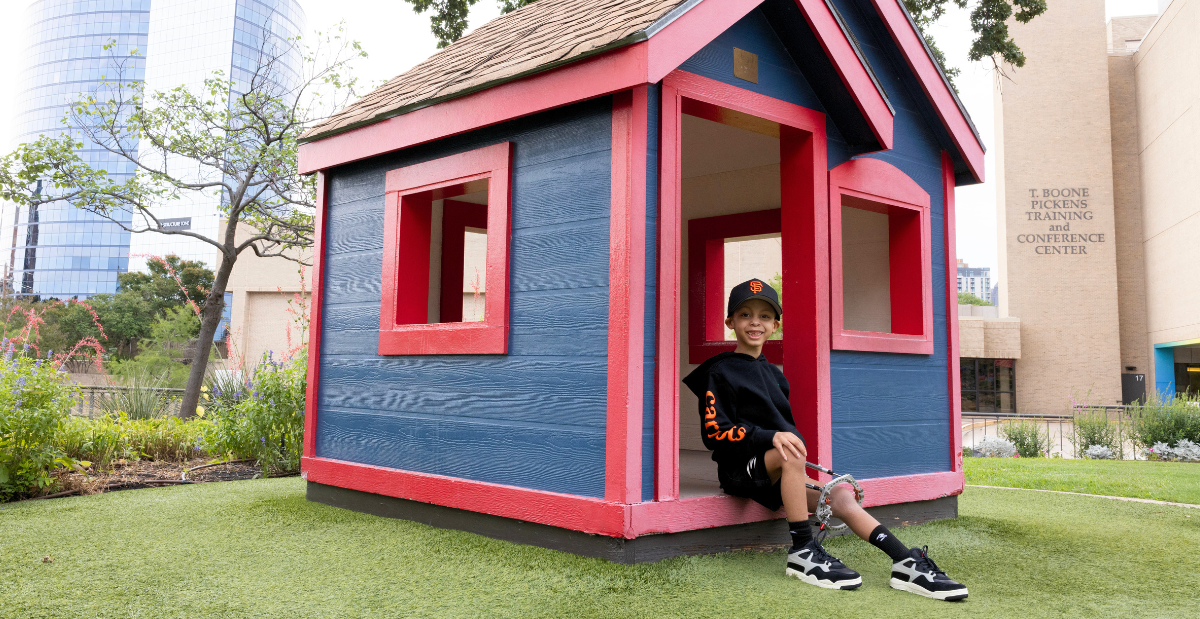At Scottish Rite for Children, the
Center for Excellence in Foot includes a multidisciplinary team of experts who collaborate to determine the best treatment plan for each patient. We know there are a lot of questions if your child begins treatment for their flat feet (Pes Planus). Below are the most commonly asked and the answers from our team.
What are flat feet?
Flat feet are the flattening of the arches of the feet when standing.
What is the cause?
Children’s bones and joints are flexible, which can cause their feet to flatten when they stand. Babies are often born with flat feet, and this condition may continue into early childhood. Flat feet can also be hereditary or run-in families.
In most children, the feet become less flexible, the arch develops, and flat feet disappear by the age of five or six, but some children continue to have flat feet into adulthood.
Do flat feet cause pain?
Flat feet are usually painless and do not interfere with walking or participation in sports. In young children, flat feet are not associated with pain to the knees, hips or back.
What are the two types of flat feet?
1. Flexible flat feet
- A flexible flat foot is a variation of a normal foot.
- Flexible flat feet can be normal in most infants and toddlers, as the arch has not yet developed.
- The arch is visible when the child is sitting or on their tiptoes, but the arch collapses when the child is standing.
- This type may be seen in multiple family members.
2. Rigid flat feet
- A rigid flat foot means that there is no arch in the foot, even when the child is standing on the tiptoes.
- The motion of the foot and ankle is stiff.
- X-rays or other imaging may be ordered to determine why your child has a rigid flat foot.
What are treatments for painful flat feet?
- Most flat feet are not painful and do not require any treatment.
- For painful flat feet, treatment is focused on comfort and flexibility.
- Shoe inserts or tennis shoes with a stiff sole and good arch support may be used for painful flat feet, but they will not permanently change the appearance of the foot.
- Over-the-counter gel and soft shoe inserts are often recommended.
- Hard plastic inserts tend to cause discomfort.
- A referral may be made to an orthotist, for custom shoe inserts.
- A stretching exercise program may be recommended for flexible flat feet with tight heel cords.
- Surgery is not recommended in most cases of flat feet.
Learn more about the common foot disorders our experts treat.
